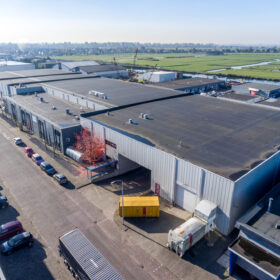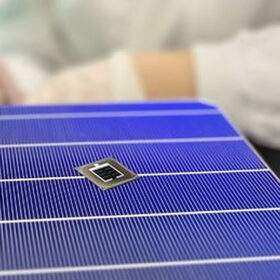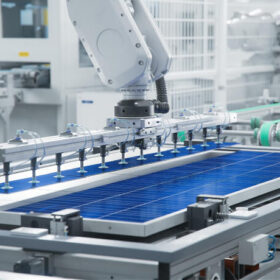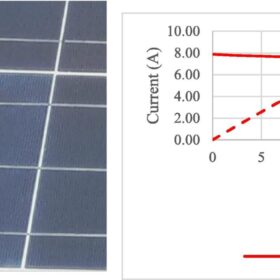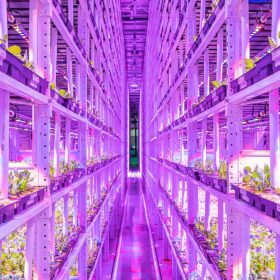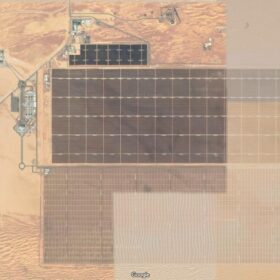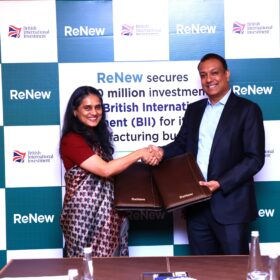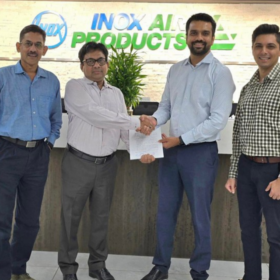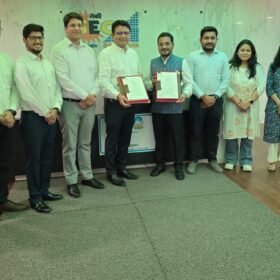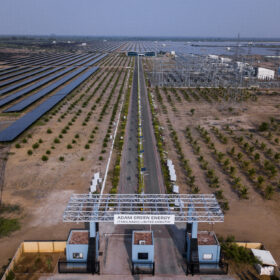Dutch government allocates €412 million to support ‘circular’ PV panel manufacturing
The Dutch cabinet said it will support solar factories that will produce panels with a circular economy approach. It also allocated €296 million to support battery manufacturing.
All solar cell efficiencies at a glance – updated
The research group led by Professor Martin Green has published Version 62 of the solar cell efficiency tables. There are 21 new results reported in the new version, a record number for the Tables.
Solar-driven photoreactors to generate hydrogen on rooftops
Scientists led by the Karlsruhe Institute of Technology have designed panel-like photoreactors relying on a water-splitting photocatalyst that could produce hydrogen on rooftops or dedicated solar farms. They claim the photoreactors have high economic potential because of their ‘extremely’ low costs.
New technique to repair solder interconnection failures in solar panels
Researchers in Japan have developed a repair technique for solar modules with damaged busbars and solder ribbons. They claim the new method can be implemented on site, without removing the panels from the array.
‘Oversupply is a natural challenge to our industry,’ says Trina Solar official
Helena Li, president of Trina Solar’s global cell and module business, spoke to pv magazine at the recent SNEC trade show in Shanghai about the PV industry’s oversupply challenge. Li said the company is considering opening a factory in Europe and expressed optimism about future cost and price declines.
AD Green commissions 3 GW solar module factory in Vietnam
The new manufacturing facility is located in Thai Binh and will produce modules mainly for the US market. It currently has a capacity of 500 MW and is expected to reach 3 GW within 12 months
Reducing solar module temperature with acrylic sheets
Jordanian researchers have developed a method using acrylic sheets to reflect and absorb unused solar radiation in PV power generation. The solution has the potential to decrease solar panel temperature by more than 14% and increase power yields by approximately 2%.
Research shows polycrystalline panels from 11 different producers degrade more than warranty rate
A research group in Ghana has conducted a series of tests to assess the performance of polycrystalline solar modules in PV systems operating in their home country for at least 5 years. They found that the vast majority of the panels may ‘fail’ before 20 years in operation under outdoor conditions.
Agrivoltaics for vertical farming
An Italian research group has assessed the advantages of combining solar power generation in greenhouses with vertical farming. The scientists claim this new approach offers better land use while increasing agricultural yield.
Dubai’s tender for 6th phase of giant solar park attracts lowest bid of $0.0162154/kWh
DEWA said it will announce the preferred bidder for the 1,800 MW 6th phase of the Mohammed bin Rashid Al Maktoum Solar Park in the third quarter of this year.

